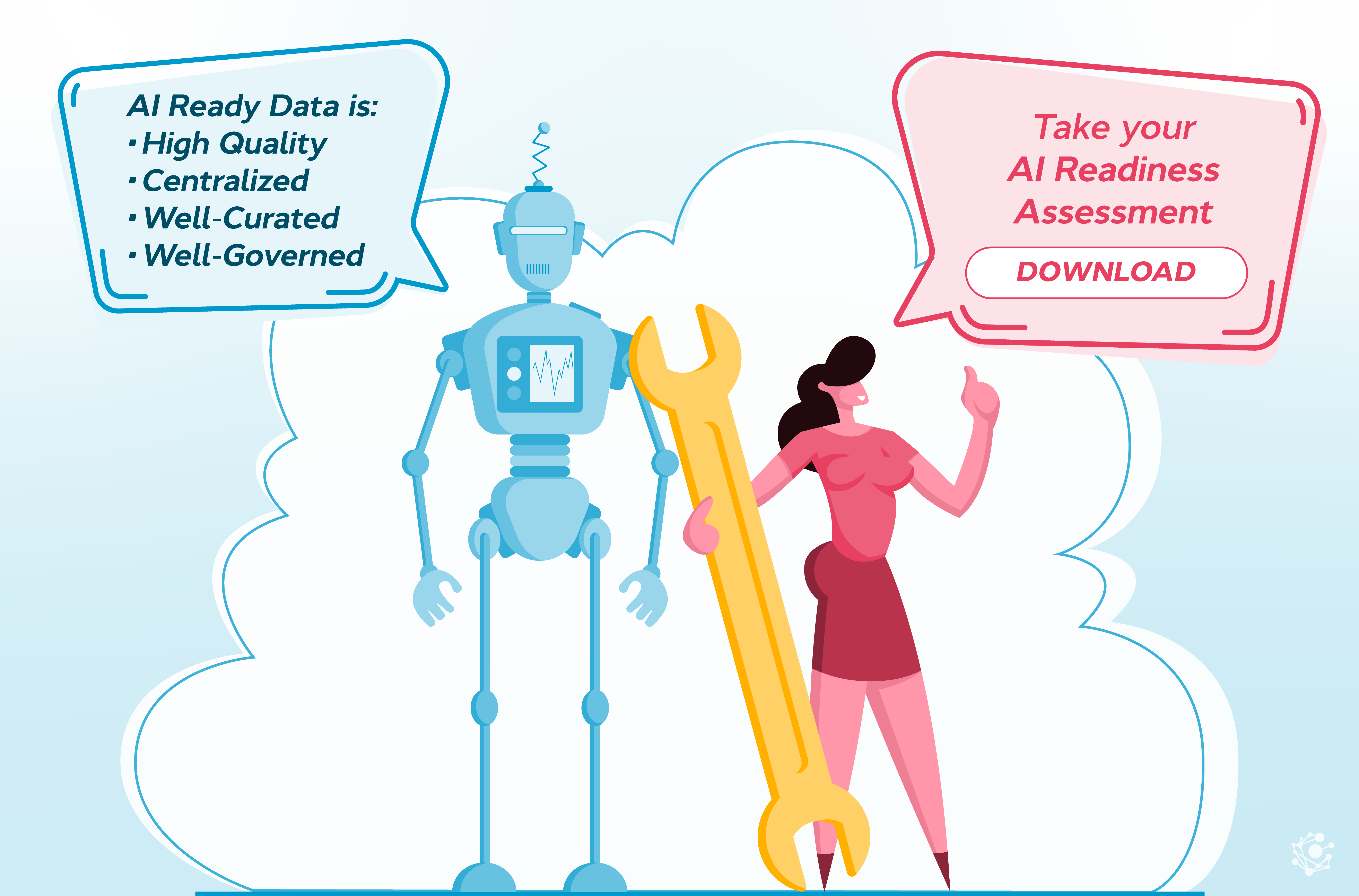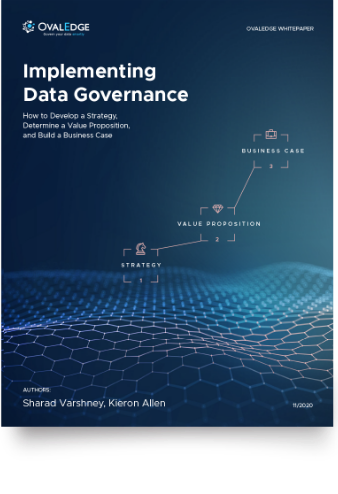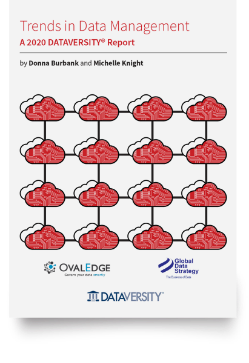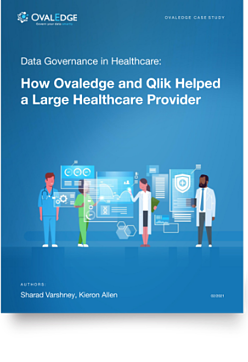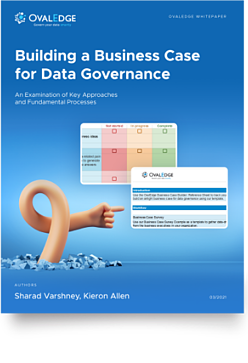Table of Contents
Data's AI Readiness | First Step Towards AI Readiness
AI readiness hinges not on advanced algorithms but on data. Hence, organizations must prioritize data’s AI-readiness. This implies ensuring data is ethically governed, curated, and of high quality.
The journey towards AI readiness begins not with fancy algorithms or cutting-edge software but with something more fundamental: data.
Data serves as the lifeblood of AI, empowering organizations to derive valuable insights, make informed decisions, and drive innovation.
In this article, we explore why data readiness is the foundational step towards AI readiness and how organizations can harness the power of their data to pave the way for AI success.
What is Data's AI readiness?
Gartner defines AI-ready data as data that is:
- Ethically governed
- Secure
- Free of bias
- Enriched
- Accurate
Here is our definition. Data can be considered AI-ready if it is:
- Of high quality
- Centralized
- Well-curated
- Well-governed
There is a reason why high quality is listed as the first attribute. Data is something you collect over time—it's your competitive advantage. If it is of poor quality, you cannot go back and fix it.

Why Data's AI Readiness Should be the First Step
When embarking on the AI journey, organizations often focus on acquiring the right software or hiring top talent with AI expertise. While these factors are undoubtedly crucial, they overlook the critical role that data plays in AI readiness. Unlike software, which can be purchased, and people, who can be hired, data is something organizations already possess, albeit in varying quantities and qualities.
Infrastructure, too, can be optimized to support AI initiatives by leveraging hyperscalers. However, without quality data, even the most advanced software and infrastructure will fail to deliver meaningful AI insights.

AI needs Quality Data
While having vast amounts of data is undoubtedly valuable, the true power lies in the quality of that data. Poor-quality data plagued by inaccuracies, inconsistencies, and incompleteness can undermine the effectiveness of AI initiatives, leading to flawed insights and erroneous decisions. Let's delve into some real-world examples of data quality issues that can derail AI efforts:
Examples
Inaccurate data: AI capabilities are reshaping client experiences in the financial sector. One example is investing, where customers are offered services like robo-advisors. This service relies on large volumes of data, including financial statements, market data, and news articles, to inform investment decisions. However, if the data is of low quality, it can lead to inaccurate assessments of a company’s financial health, resulting in flawed investment decisions.
Missing or Incomplete Data: A healthcare provider aiming to develop predictive models for patient outcomes relies on comprehensive patient data, including medical history, treatment plans, and diagnostic tests. However, if crucial data fields are missing or incomplete due to data entry errors or system limitations, the predictive accuracy of the AI models will be compromised, potentially leading to misdiagnosis or ineffective treatments.
Related Post: How to Manage Data Quality
AI Hinges on Data Centralization
Data is often stored in disparate source systems and very easily falls into data silos where organizations struggle to know what data is where. Centralizing data via a data catalog or creating data lakes/warehouses allows AI models to leverage all relevant information.
Example
Data Catalog: A data catalog is a tool that brings all your data sources into one place, increasing accessibility and searchability. It empowers organizations to streamline data discovery and utilization while allowing teams to manage, curate, and consume data efficiently.
AI Needs Data Curation
Data curation is the process of creating, organizing and maintaining data sets so they can be accessed and used by people looking for information. Curated data is also an important step in data readiness for AI as ensures high confidence in data quality, compliance with data access rules.
Example
Inconsistent Data Formats: A multinational corporation with operations in multiple countries may encounter challenges when consolidating data from diverse sources with varying formats and standards. Inconsistent data formats make it difficult to aggregate and analyze data effectively, hindering the organization's ability to gain holistic insights and make informed decisions.
AI requires Data Governance
Your organization is responsible for governing and securing its data to prevent misuse. This will only become more critical as your organization increasingly deploys AI. A secure, well-governed data infrastructure ensures the safety and integrity of the data that feeds AI initiatives, enabling you to trust your models and confidently bring them to market.
Example
Tagging Data Elements: A credit card company needs to make both fraud prevention models and credit risk models for any credit card holder. Fraud prevention models are to prevent things such as identity theft when people apply for credit cards, and then credit risk models are to decide things like the credit limit depending on their transactions and whether they pay their credit card bills. Now, certain data elements can be used for fraud prevention but not for credit risk. These attributes include location, gender, and age, which can be used to prevent identity theft but cannot be used for credit risk as it would then be discrimination. The risk management team would need to manually know which data elements can be used for which sort of models.
However, when considering data and AI Readiness today, these models can be made much more efficiently with the ability to tag each data element in its metadata. For example, tagging that the age attribute can be used for a credit risk model but not for fraud prevention. This kind of metadata tagging and giving context to your data elements is one of the use cases of AI Readiness.
Building a Data-Driven Culture
Achieving data's AI readiness requires more than just having the right data; it also entails fostering a data-driven culture within the organization. This involves instilling a mindset where data is viewed as a strategic asset and making data-driven decision-making a cornerstone of organizational practices.
Moreover, it entails promoting data literacy across the workforce, and empowering employees to access, analyze, and interpret data effectively. By embedding data-driven principles into the organizational DNA, companies can unlock the full potential of their data and lay a solid foundation for AI readiness.
Related Post: 4 Steps to AI-Ready Data
Conclusion
In the quest for AI readiness, organizations must recognize that data's AI readiness is the critical first step. While software and infrastructure are essential enablers of AI, they are ultimately reliant on the quality and availability of data. By treating data as a strategic asset, investing in data quality efforts, and fostering a data-driven culture, organizations can unlock the full potential of their data and pave the way for successful AI initiatives. In an era where data is king, those who harness its power will emerge as the true champions of the AI revolution.
